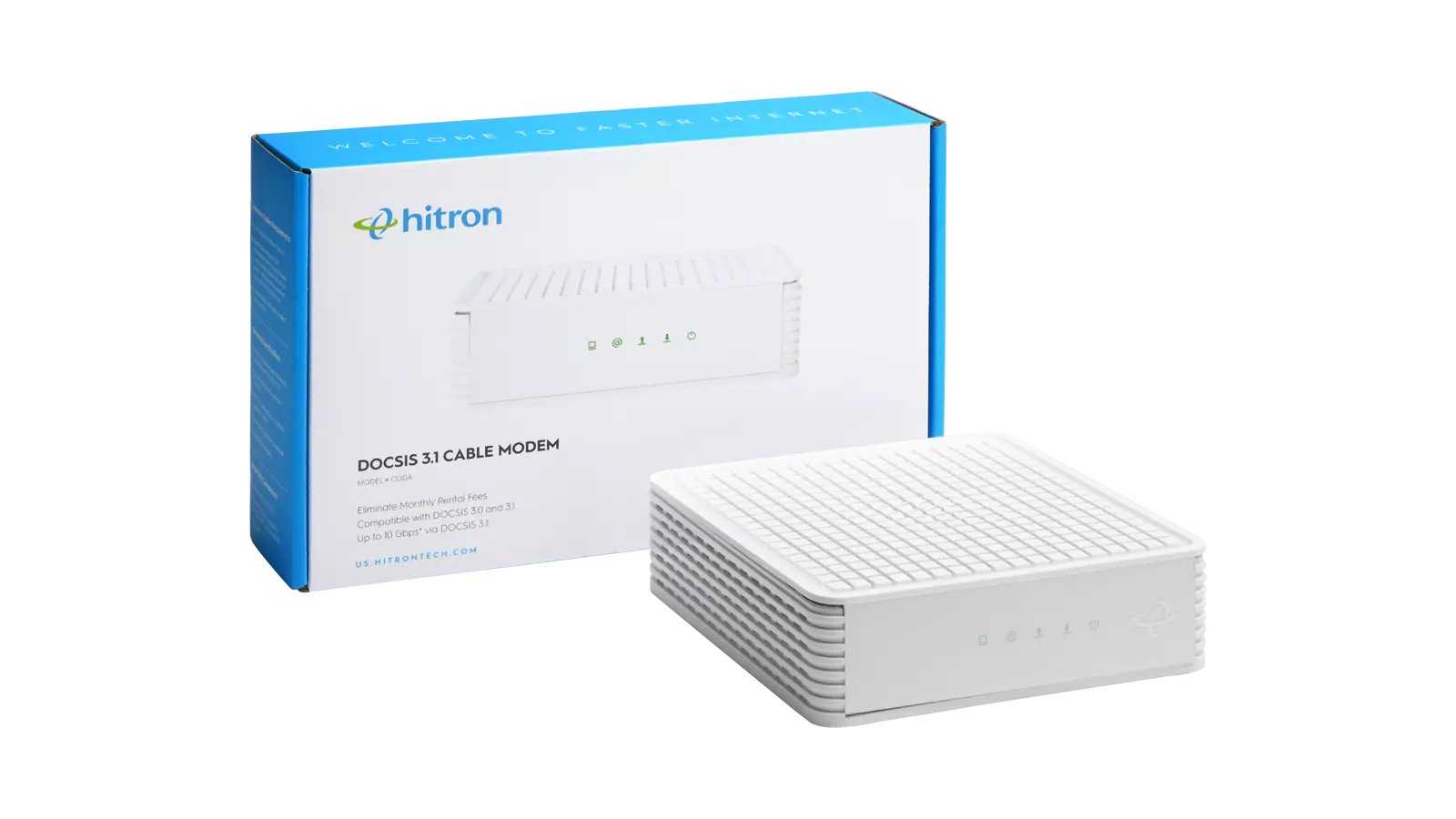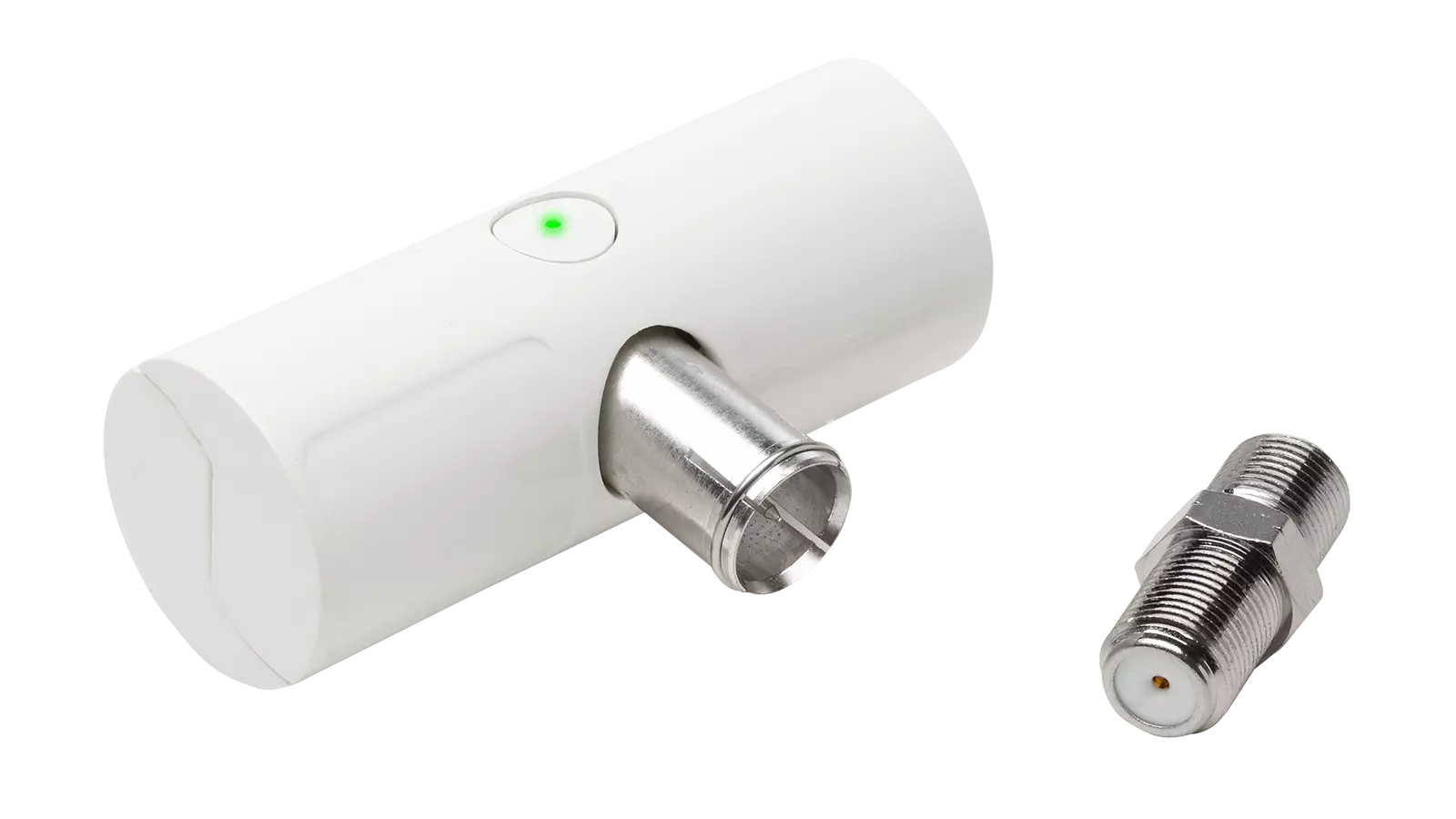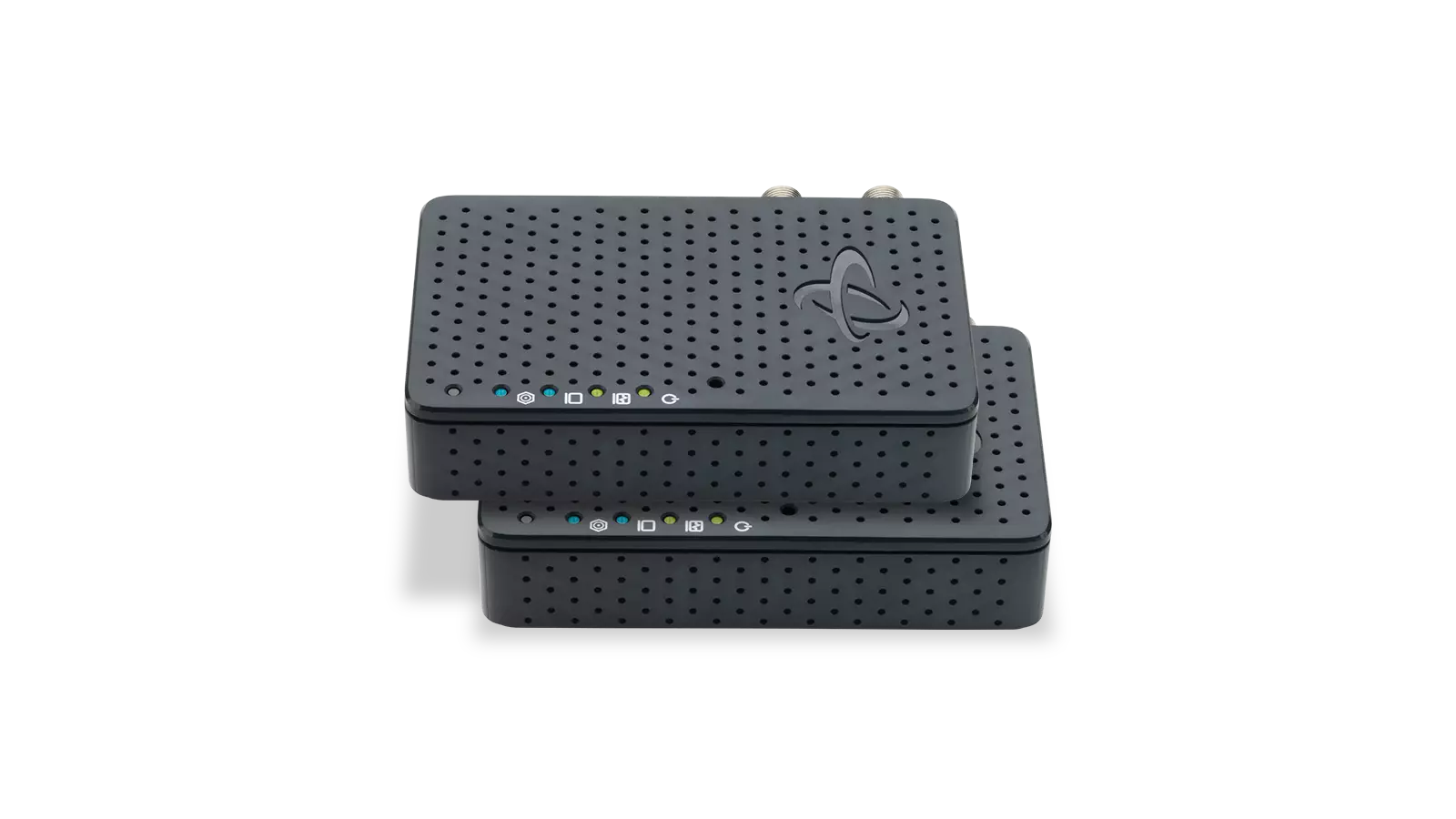If you have cable Internet, which is broadband from your Internet service provider (ISP) that uses coaxial cables to deliver bandwidth, then you have a DOCSIS cable modem.
DOCSIS stands for Data Over Cable Service Interface Specification. It’s a cable technology standard from CableLabs research and development consortium within the cable television Industry that provides standards for certification and interoperability standards. Understanding the DOCSIS standard is an important feature to know because it influences which modem you should get for a cable Internet connection.
The biggest difference between DOCSIS 3.0 and 3.1 is that DOCSIS 3.1 technology can support download speeds 10 times faster than DOCSIS 3.0, up to 10Gbps. But there’s more to it, so keep reading.
Simply put, a cable modem connects you to the Internet.
The most important specs to pay attention to with cable modems are DOCSIS standards and channel bonding. All modems have a DOCSIS standard, which determines how fast your Internet will be. Channel bonding numbers determine how many download and upload channels your cable modem has.
Channeling bonding refers to how many channels a modem can combine to send more information to your ISP and back. For example, a cable modem with 32×8 channels means that it has 32 download channels and 8 upload channels, and a maximum Internet speed of 1 GB. Whereas a cable modem with 8×4 channels only gets speeds up to 100 Mbps. The more channels the faster the speed.
But let’s focus on DOCSIS.
What is DOCSIS?
DOCSIS is the interface standard technology that determines how a modem receives Internet signals from your cable ISP (such as from providers like Spectrum or Xfinity) and translates them into the Internet service you use in your home to surf the web, stream TV shows, online gaming, and more. The version of DOCSIS technology used by your ISP also sets the foundation for how your input is translated into data that the Internet outside your home can understand.
Over time, the standards have evolved with technology:
- DOCSIS 2.0: This was the original standard.
- DOCSIS 3.0: As the standards increased from 2.0 to 3.0, so did the Internet service plan speeds that a cable modem good reach.
- DOCSIS 3.1: This is the latest standard, meaning that it is the fastest. The latest DOCSIS standard, DOCSIS 3.1 is capable of 10 gigabits per second (Gbps) download speeds and 1 Gbps upload speeds. However, the most widespread DOCSIS standard is DOCSIS 3.0, which is capable of 32 download channels at one time and over 1GB download speeds.
Evolution of DOCSIS Technology:
DOCSIS 2.0
Highlights of Evolution
Channel Bonding (the higher the better)
Downstream Capacity
Upstream Capacity
Production Date
DOCSIS 3.0
Highlights of Evolution
Channel Bonding (the higher the better)
Downstream Capacity
Upstream Capacity
Production Date
DOCSIS 3.1
Highlights of Evolution
Channel Bonding (the higher the better)
Downstream Capacity
Upstream Capacity
Production Date
Your cable modem is at the center of all your online actions, so making sure it has the support your Internet plan needs is crucial. If you rent your cable modem, you likely have a DOCSIS 3.0 or 3.1 device. When buying your own, this is something to pay attention to.
DOCSIS Technology & Your Internet Service Provider
The speed of your cable modem is dependent on the version of DOCSIS technology that your Cable Internet Service provider supports within its network. The vast majority of Cable Internet providers today support DOCSIS 3.1 technology in their networks, such as Comcast XFINITY, Charter Spectrum, Cox Communications and Mediacom. There may be a handful that still only support DOCSIS 3.0, however, you should contact your Cable Internet provider to determine if they support DOCSIS 3.1 before you purchase your own cable modem.
The Difference Between DOCSIS 3.0 & 3.1
There are significant differences between DOCSIS 3.0 and 3.1 technologies. We created a chart below showing the differences in technical features between DOCSIS 3.0 and DOCSIS 3.1. As you can see, DOCSIS 3.1 provides greater speed improvements, more advanced technologies and greater performance for your cable modem.
DOCSIS 3.0 vs 3.1 Technology
DOCSIS 3.0
Technical Features:
DOCSIS 3.1
Technical Features:
The top differences are performance, pricing, and availability. Let’s look at the advantages of DOCSIS 3.0 and 3.1 to help you decide which is best for your home.
DOCSIS 3.0 Modem Advantages
- Price: DOCSIS 3.0 cable modems tend to be priced lower than DOCSIS 3.1 modems.
- Availability: There are more options for DOCSIS 3.0 cable modems, including used or refurbished devices.
So, while DOCSIS 3.0 cable modems may be cheaper and more available, if you have a high-speed Internet plan then you will want to upgrade to 3.1. But if the speeds that 3.0 supports meet your needs, then there isn’t any reason that you can’t go with a DOCSIS 3.0 device.
DOCSIS 3.1 Modem Advantages
- Speed: DOCSIS 3.1 cable modems support faster speeds than DOCSIS 3.0 modems. DOCSIS 3.1 is better for high-speed Internet plans because it can support up to 10 Gbps speed plans. A DOCSIS 3.1 modem will support your speed plans today and, in the future, in essence, future-proofing your Internet connection to handle those faster speed plans when available to you.
- Security: Both 3.0 and 3.1 modems have security features, but DOCSIS 3.1 modems are likely to offer the best online security.
- Long-term use: While DOCSIS 3.0 modems aren’t outdated yet, with 3.1 modems on the market, it’s clear they will be eventually. If you are looking for a long-use option, upgrade to a DOCSIS 3.1 modem from the start.
In the long-run, DOCSIS 3.1 is the better option if you have a high-speed Internet plan and you are wanting to extend the life of your Internet connection.
Why is this important? Why choose one over the other?
Each new DOCSIS standard has increased how quickly information travels from your ISP to your home and back. Which means faster download and upload speeds. For example, DOCSIS 3.1 is faster than 3.0 and 2.0, and so on.
DOCSIS 3.1 is designed to enable higher downstream and upstream rates to accommodate the growing bandwidth capacity for 4K video, online gaming, video conferencing and much more. DOCSIS 3.1 offers higher orders of modulation, better forward error correction and the elimination of guard bands. DOCSIS 3.1 has almost 2 times the improvements over DOCSIS 3.0.
Like we said, a DOCSIS 3.1 modem is the best for high-speed Internet plans to harness performance and reliability. You’ll may have to pay more for a DOCSIS 3.1 modem, but chances are you’re also paying a premium for those faster speeds, so you should get a device that will let you enjoy those services.
But if your needs are met with a low to mid-tier cable Internet speed plan, then a DOCSIS 3.0 modem could be a better choice and a lower price tag than a DOCSIS 3.1 device.
Choosing the right cable modem for you comes down to this:
- Compatibility with your Cable Internet provider (ISP)
- Approval of the cable modem by your Cable Internet provider
- Available speed plans from your Cable Internet provider
- Right price for you
- Features that you are looking for
Hitron’s CODA DOCSIS 3.1 Cable Modem is approved and compatible with Comcast XFINITY and Charter Spectrum (more approvals pending) and is available on Amazon. The Hitron CODA uses DOCSIS 3.1 to deliver the fastest Multi-Gigabit speeds to all of your connected devices. Learn more about cable modems or cable modem routers by reading Hitron’s Learn Page.



